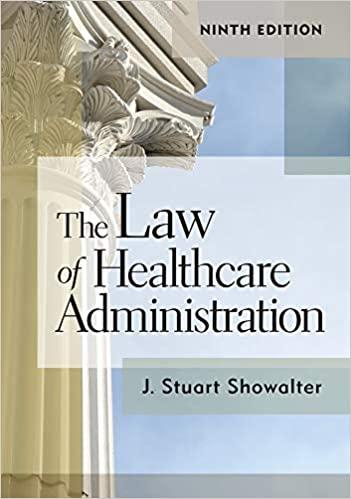Research and discuss both the myths highlighted in the 2011 OSU study and other common myths when it comes to renewable and/or sustainable energy. Things
- Research and discuss both the myths highlighted in the 2011 OSU study and other common myths when it comes to renewable and/or sustainable energy.
Things to consider include stats/figures that support or refute these myths, motives/influences that may drive the belief in these myths and the sources of these influences, and ways in which consumers can be educated on energy so that they can distinguish between myths and realities. Since 2011, many of the beliefs related to the myths reported in the OSU study have shifted. Therefore, another thing to consider is how these beliefs have evolved through time.
The four myths highlighted that are based on the 2011 OSU study are definitely not the only myths that people have regarding renewable energy.
Oklahoma State University conducted an informative survey in 2011 that illustrates the prevalence of this conrmation bias as it relates to the concept of sustainable energy. The survey was conducted on a representative sample of the US population and identied four common \"myths\" held by the general public: 1. Solar and wind energy are less costly than other forms of energy. Considering the combined costs of construction, production, and decommissioning that are needed to generate electric power, solar is the most expensive energy source by far. While wind is cheaper than natural gas, it is still approximately double the cost of coal and nuclear energy. 2. Expanding the emphasis on renewable energy is the route to energy independence of the United States. The argument that the US needs to strive towards energy independence is usually focused on minimizing the reliance on imported oil. As we saw in lesson 2, the transportation sector dominates oil consumption in the US and experiences the greatest annual growth in oil consumption. In the current environment, it is simply impossible for an increased emphasis on renewable energy sources to address the demand for oil in the transportation sector. Therefore, US oil independence is more likely achieved through a focus on limiting the demand for oil in the transportation sector. One likely candidate to replace oil is biofuel. However, biofuel is currently twice the cost of oil in generating energy output. Wind and solar power can be used to power electric vehicles in the transportation sector, but they are currently two of the most expensive sources of energy. These costs for wind and solar power generation will become even greater if the government decides to eliminate the subsidies that are offered to rms for wind and solar power generation. Additionally, energy generated in wind and solar farms is not easily or efciently transported to places of highest demand. 3. The use of oil and coal are not sustainable far into the future. This absolutely depends upon your denition of "far into the future". As the text (55) states, it is commonly believed that oil and coal use is sustainable for, at least, the next 50 years. However, if we dene the far-off future to be much further, the nonrenewable nature of oil and coal and their negative environmental impact will render them unsustainable. The irony of the push towards less reliance on oil and coal is that this push will extend their useful life, as will technological advances that minimize their negative environmental impact. 4. Energy from biofuels is sustainable far into the future. Biofuels suffer from the same cost inefciency as other forms of renewable energy as it is twice the cost of gasoline and highly subsidized. The sustainability of biofuels is also hampered by the sheer amount of land and other resources (i.e., water) that would be required to grow the corn needed to make enough biofuel to meet demand. As highlighted in the text (55), in order to meet oil demand in the US with ethanol, 55% of the arable land that can be used for corn growth in the US would be needed. Because corn is a primary food staple across all levels of society, using so much of the available supply of corn for biofuel can lead to shortages for food products and an increase in price







